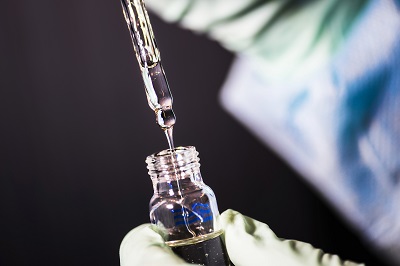After applying for Class II medical device registration with ANVISA (Agência Nacional de Vigilância Sanitária) in Brazil, several regulations and requirements must be adhered to in order to ensure ongoing compliance throughout the review process and beyond. Here’s a detailed overview of the key regulations and requirements you need to follow:
1. Compliance with ANVISA Regulations
- RDC No. 16/2013: Continue to adhere to the guidelines set forth in this resolution, which outlines the registration and regulation process for medical devices in Brazil. This includes maintaining all documentation and ensuring that all information provided to ANVISA is accurate and up to date.
- RDC No. 36/2015: Ensure compliance with the good manufacturing practices (GMP) as established by this resolution, which covers production, quality control, and other operational procedures for medical devices.
2. Ongoing Quality Management
- ISO 13485 Compliance: Maintain compliance with ISO 13485 standards for your quality management system (QMS). This includes regular internal audits, management reviews, and maintaining quality documentation. Ensure that any changes to your QMS are documented and controlled.
- Document Control: Maintain thorough documentation of all quality-related processes and changes made during the application review process.
3. Post-Market Surveillance
- Monitoring Device Performance: After approval, implement a post-market surveillance plan to monitor the safety and effectiveness of the medical device in the market. This should include collecting data on adverse events and user feedback.
- Adverse Event Reporting: Develop a system for promptly reporting any adverse events or incidents related to the device to ANVISA, as per regulatory requirements. This includes a timeline for reporting and a process for documenting adverse events.
4. Labeling and Instructions for Use
- Adhere to Approved Labels: Ensure that the device is labeled according to the specifications approved by ANVISA. Any changes to labeling must be assessed for regulatory compliance and may require additional approval from ANVISA.
- Education and Instructions: Provide clear and accurate instructions for use, including safety information and contraindications, to users and healthcare providers.
5. Regulatory Changes and Updates
- Monitor Regulatory Updates: Stay informed about changes in ANVISA regulations and guidelines that may affect your device or its classification. Ensure that your practices and documentation are updated to remain in compliance with any new requirements.
6. Communication with ANVISA
- Timely Responses: Respond promptly to any inquiries or requests for additional information from ANVISA during the application review process. Open and transparent communication is vital for a smooth process.
- Change Notifications: Notify ANVISA of any significant changes to the device, manufacturing process, or QMS that may impact safety, effectiveness, or compliance.
7. Registration Renewal
- Understand Renewal Requirements: Be aware of the timelines and requirements for renewing the registration of your medical device. ANVISA may require periodic updates or recertification.
- Documentation for Renewal: Prepare necessary documentation for the renewal process in advance to avoid lapses in registration.
8. Training and Education
- Continuous Training: Ensure that all relevant staff are trained on compliance requirements and quality management practices related to the medical device. Ongoing education is crucial for maintaining compliance and understanding any regulatory changes.
Summary
In summary, after applying for Class II medical device registration with ANVISA, you must comply with ANVISA regulations (RDC No. 16/2013 and RDC No. 36/2015), maintain your quality management system, conduct post-market surveillance, adhere to labeling requirements, monitor regulatory updates, communicate effectively with ANVISA, understand registration renewal processes, and provide continuous training for your team. By following these regulations and requirements, you can help ensure the ongoing compliance and success of your medical device in the Brazilian market. If you have any specific questions or need further assistance, feel free to ask!

Contact Us:
Whatsapp or Wechat:+86 15816864648;email address:hito.lin@grzan.cn
.png)
.jpg)
.png)

.png)